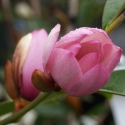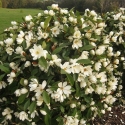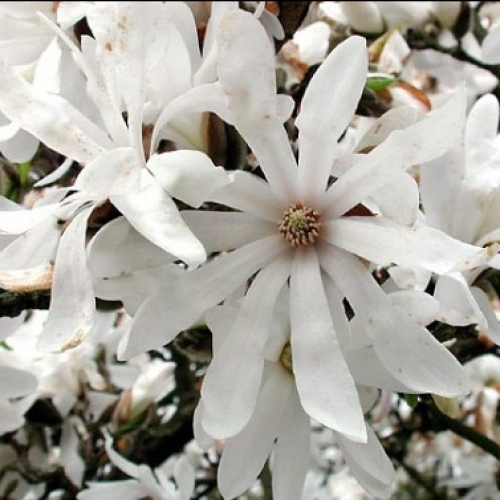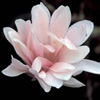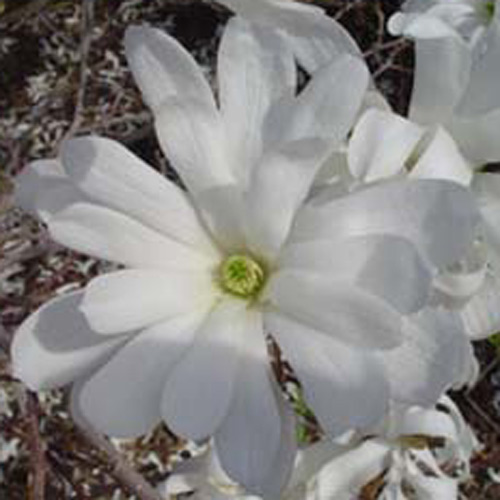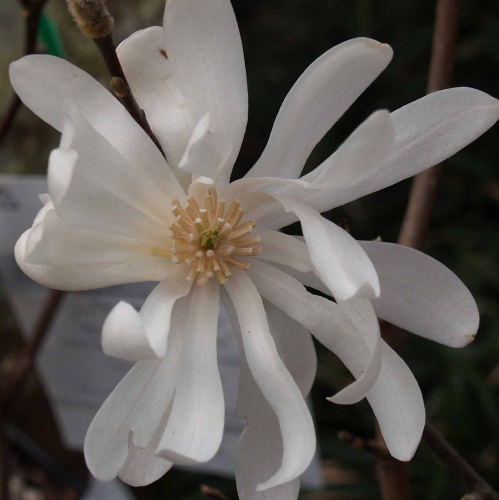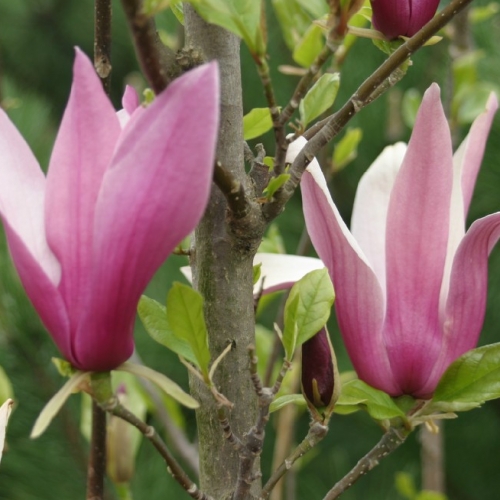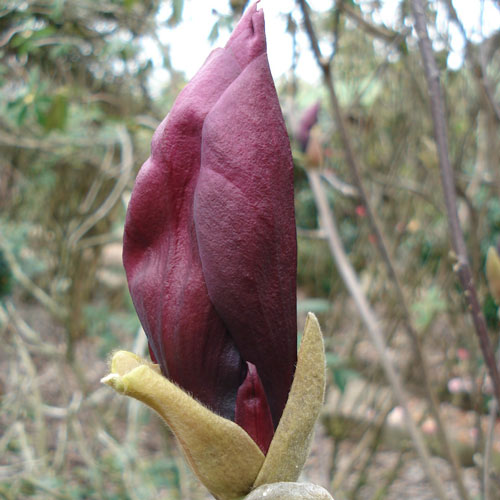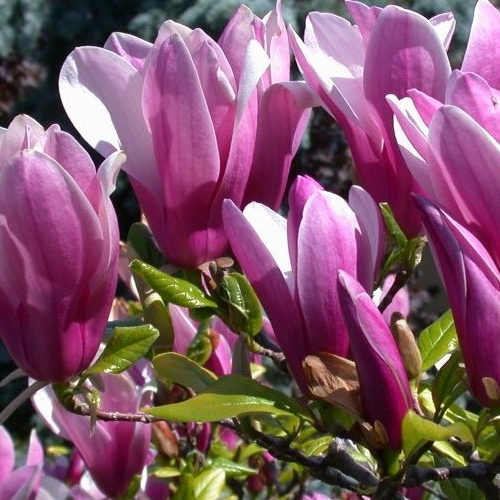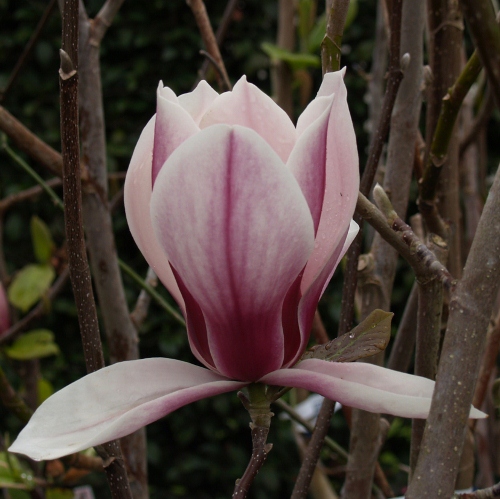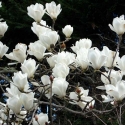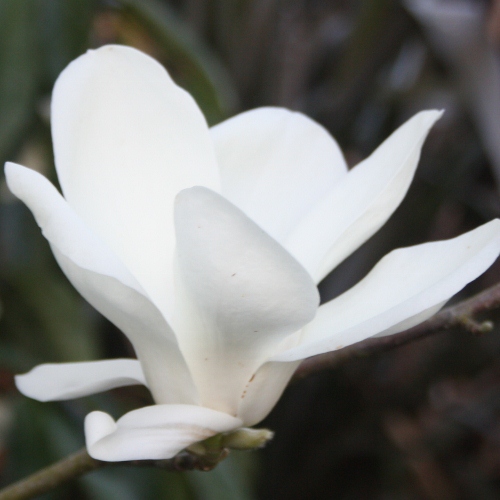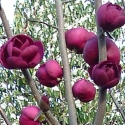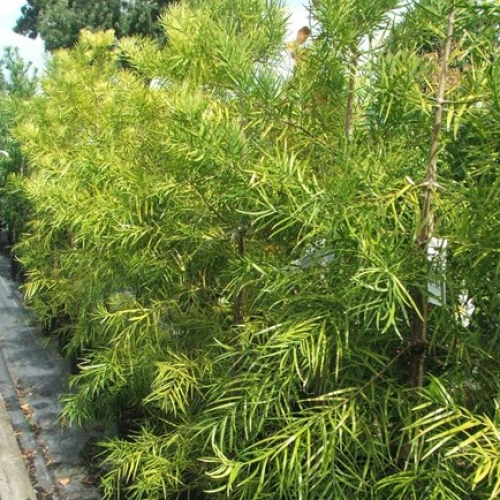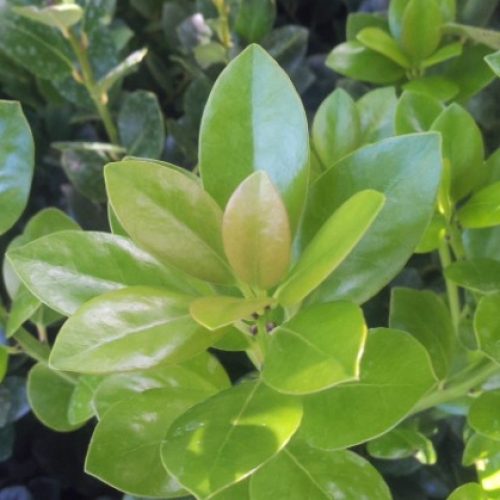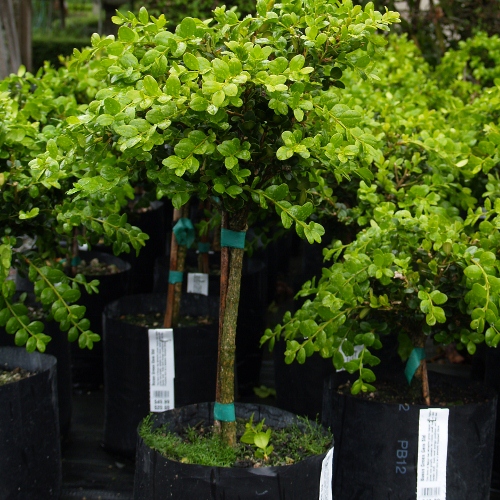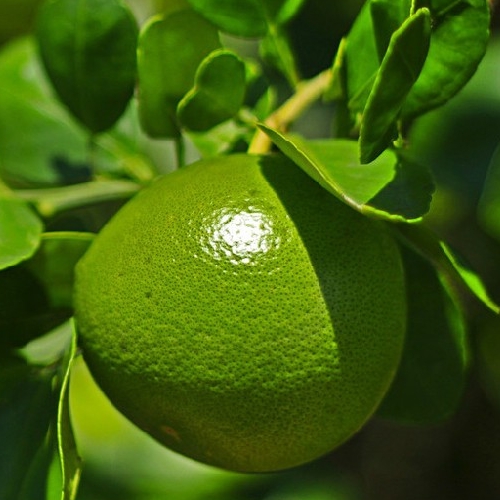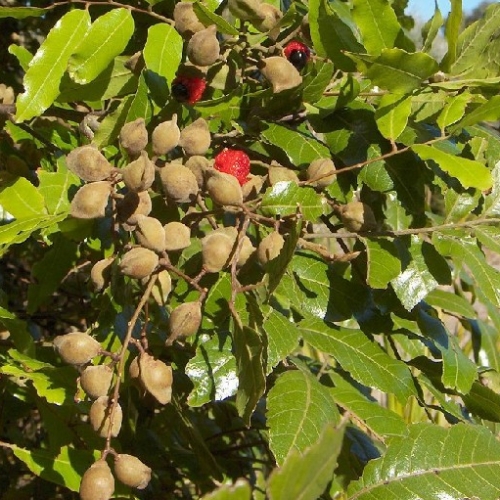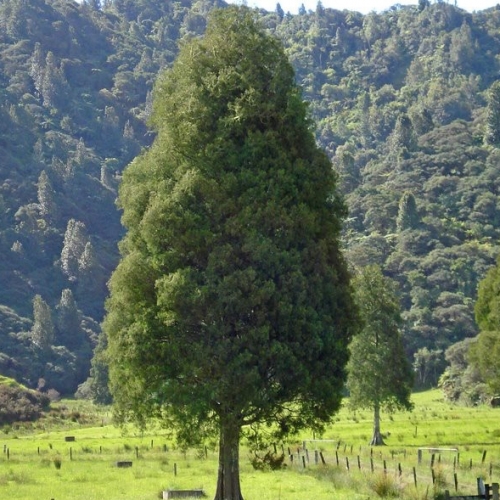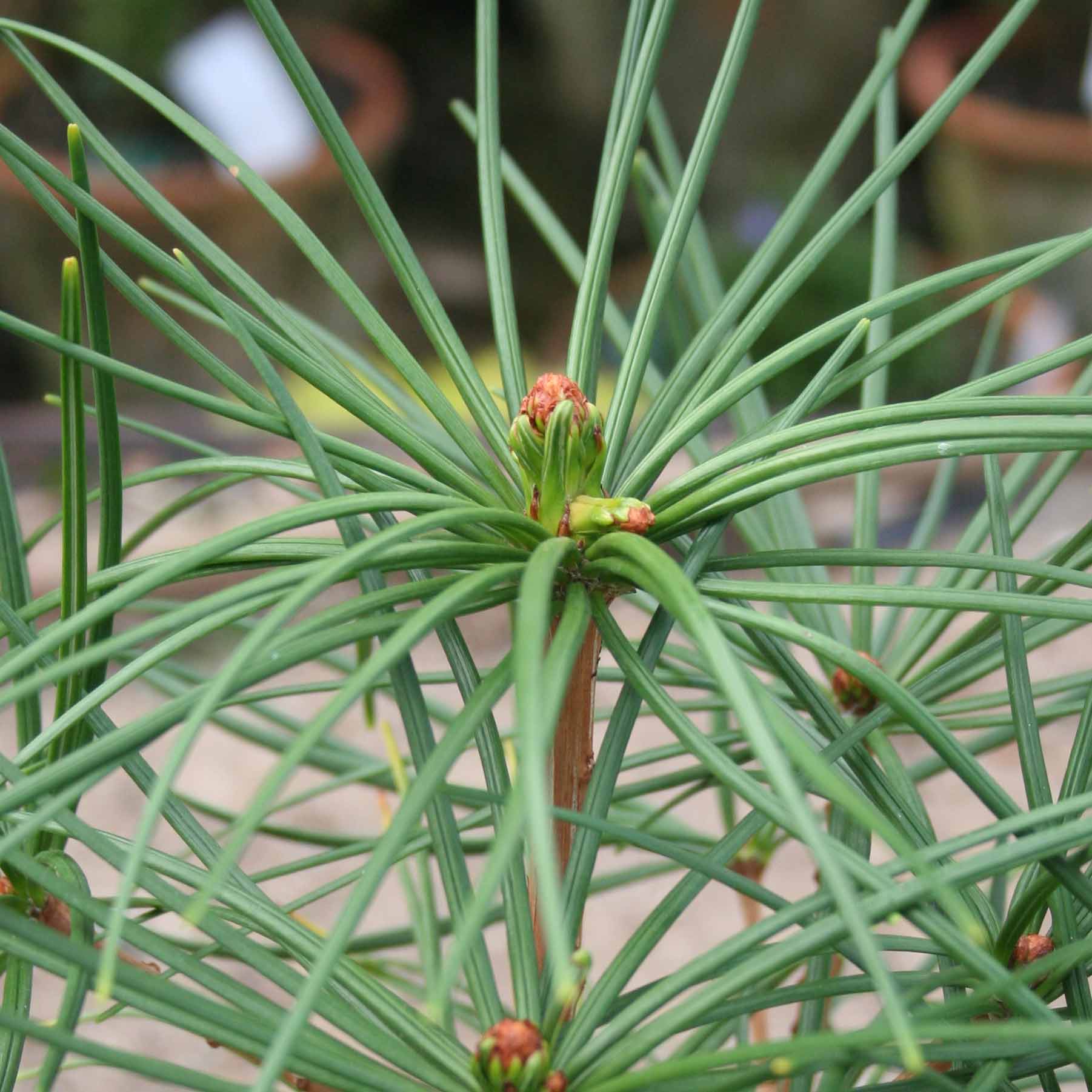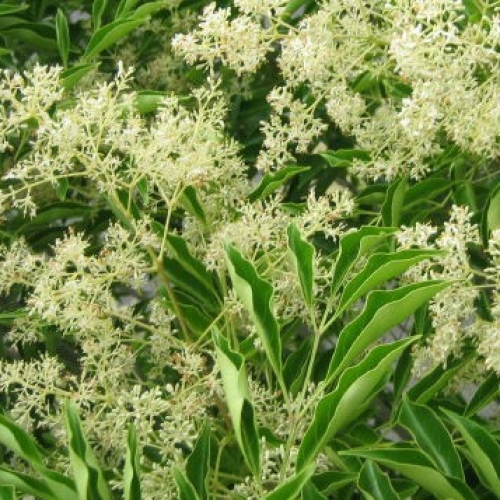Our weekly email news letter. Sign up here to get them delivered straight to your email in box. See below for previous issues...
Please note that product availability and prices may have changed from when this newsletter was sent. Please check this site or phone us for current availability and pricing.
Saturday 3rd September, 2022
Since I've lived here, the beginning of spring has been a bit of a confusing topic for me. Now that I am half Chilean, and half Kiwi I have a clearer concept.
There are four different starting dates for spring:
1. Astronomically, winter begins on the shortest day, around June 21, so Spring does not begin until the equinox around September 21.
2. Meteorologically, winter begins on June 1 and spring begins on September 1. Summer begins on December 1, etc. This is done to keep track of such a neat date to start, and often coincides with seasonal changes as well.
3. Solar winter; the 3 months of the year with the least amount of sunlight available with the shortest day of the year in between, which means that the solar winter runs from early May to early August. Therefore, the solar spring begins in early August.
4. Mother Nature. The reality is that New Zealand has a two-month shorter summer and a two-month shorter winter, this is the opinion of WeatherWatch.co.nz. The other eight months are spring and long autumn.
However, there are four different starting dates for spring, and you can choose which one you prefer, as none of them is a perfect guide," says the weather organization.
Based on my scientific thinking, I like to look for more
'natural' evidence such as animal life cycles, pollen, flowers, buds, and grass
growth.
Spring flowers burst into bloom when a warm southern wind blows after the cold winter is gone. Outwardly, it seems spring plays a crucial role in blossoming, although it is Winter that does the job. Did you know that?
Trees that make flowers bloom in spring must endure severe cold throughout winter. This is called vernalization. It refers to the phenomenon that winter plants bloom after being exposed to a certain low temperature that stimulates their growing points.
When spring arrives, the temperature rises, the air becomes
more humid than in winter, and the plant detects that the hours of light are
increasing... it's time to wake up.
After all, it is not
too much to say that the gorgeous flowers of springtime are bloomed by the cold
weather of the winter.
The result? New leaves sprout on trees and flowers bloom, leaving a romantic atmosphere in the air and beautiful scenery in gardens, fields and parks.
So, yes, spring has officially arrived!
Around The Waikato, we can see how bare branches, and before foliation, some species of the most popular Magnolia are a wonderful attraction and food source for bees in early spring.
Magnolia is a beautiful flowering plant that was named after
the French botanist Pierre Magnol. There
are around 210 species of magnolia that differ in size, shape, colour of the
flowers and type of habitat.
They can be evergreen or deciduous (by the way, this week tall evergreen magnolias arrived in a 25-litre pot. Fairy Blush, Fairy cream and Fairy white.)
Very good size trees have recently arrived, If you want to
have an instant garden we have some options for you:
Antique & Collectable Fair
Saturday 3rd and Sunday 4th September from 10 am to 4 pm
Woodlands Estate
42 Whitikahu Road
Gordonton
Any enquires: Nick 0274430018
Father's Day this Sunday
Lloyd, Tony and the Wairere team.
Archived by year 2022 | 2021 | 2020 | 2019 | 2018 | 2017 | 2016 | 2015 | 2014 | 2013 | 2012 | 2011 | 2010 |
Last 25 Newsletters...
Summer time (13th December, 2025)
Water for life (6th December, 2025)
Time to go potty (29th November, 2025)
Wild Weather (22nd November, 2025)
Choose the spot (15th November, 2025)
Roses for Everyone (8th November, 2025)
World Famous in New Zealand (1st November, 2025)
Standard Roses (25th October, 2025)
The wonderful world of palms (18th October, 2025)
Rhodos herald spring (11th October, 2025)
Maples Galore, Part 2 (4th October, 2025)
Maples galore (27th September, 2025)
Ferns of NZ (20th September, 2025)
The art of gardening (13th September, 2025)
Plants for eating (6th September, 2025)
From the ground up (30th August, 2025)
Avenue Trees (23rd August, 2025)
For the Birds (16th August, 2025)
Potting completed (9th August, 2025)
Hellebore Magic (2nd August, 2025)
Yay for Winter (26th July, 2025)
Orchard plans (19th July, 2025)
Bare-root versus potted (12th July, 2025)
Weeping forms (5th July, 2025)
Winter Solstice (28th June, 2025)
Roses of Europe (14th June, 2025)
Week three of potting roses (7th June, 2025)
9500 K Roses (31st May, 2025)
We have started roses (24th May, 2025)
It's that time again ... Roses (17th May, 2025)
Mothers Day this Sunday (10th May, 2025)
Rhodos and the like (3rd May, 2025)
Anzac planting (25th April, 2025)
Autumn colours are in (17th April, 2025)
Acidic persuasion (12th April, 2025)
Sasanqua Time (5th April, 2025)
Roses on sale (29th March, 2025)
Something Citrus (22nd March, 2025)
Autumn equinox (15th March, 2025)
Big Trees (8th March, 2025)
Natives (1st March, 2025)
Hot and dry loving plants (22nd February, 2025)
New Release Roses GA (15th February, 2025)
Coneflowers (8th February, 2025)
Back into it (1st February, 2025)
Summer Solstice (7th December, 2024)
Xmas trees (30th November, 2024)
Ferns and succulents (23rd November, 2024)
Is it too early? (16th November, 2024)
Plenty to do and see (9th November, 2024)
HL Nurseries Limited t/a Wairere Nursery
826 Gordonton Road, R D 1, Hamilton 3281 Ph: (07) 824 3430 Email:
